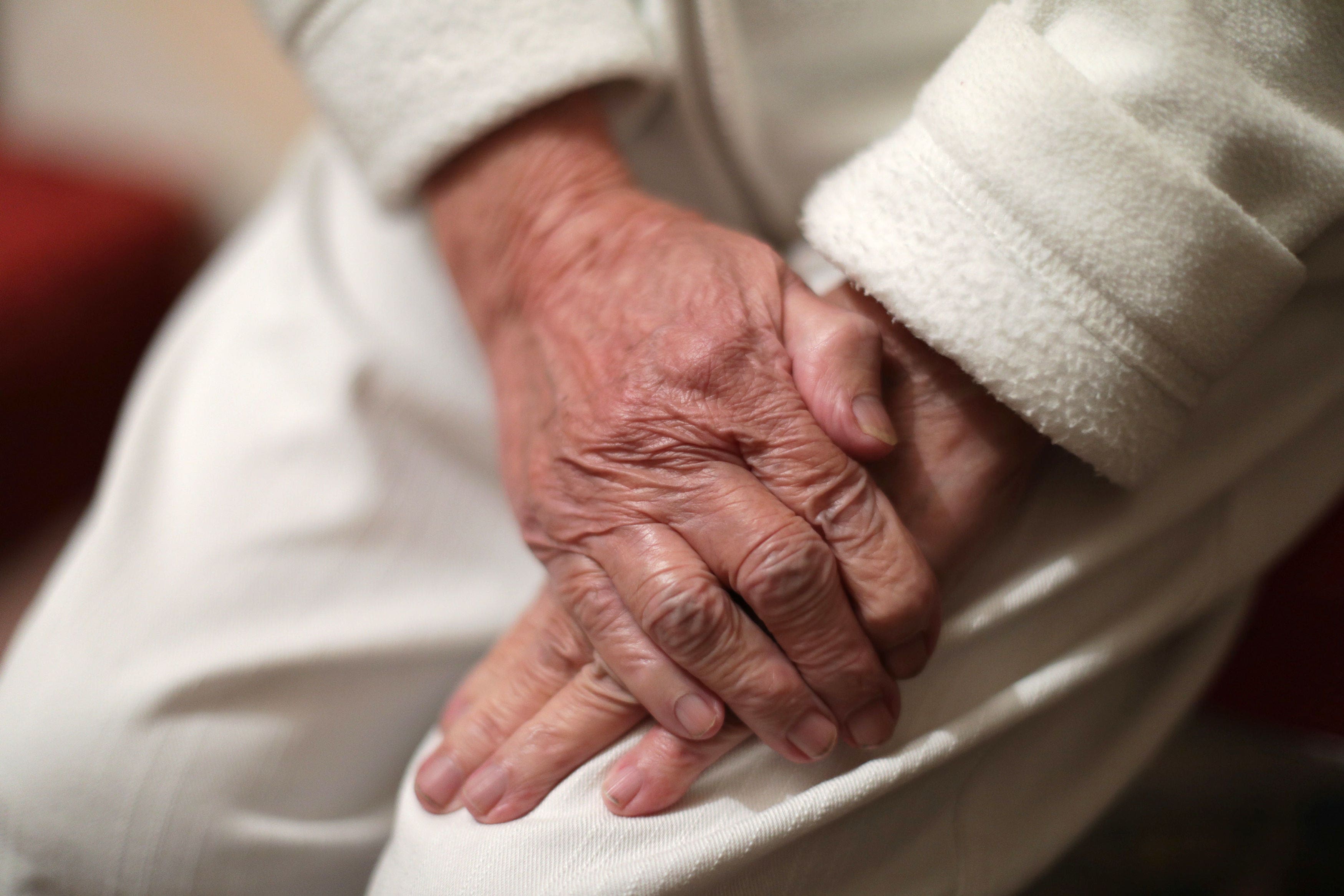Being lonely linked to brain shrinkage
Socially isolated participants also had more small areas of damage in the brain, called white matter lesions, than the people with frequent social contac
Your support helps us to tell the story
From reproductive rights to climate change to Big Tech, The Independent is on the ground when the story is developing. Whether it's investigating the financials of Elon Musk's pro-Trump PAC or producing our latest documentary, 'The A Word', which shines a light on the American women fighting for reproductive rights, we know how important it is to parse out the facts from the messaging.
At such a critical moment in US history, we need reporters on the ground. Your donation allows us to keep sending journalists to speak to both sides of the story.
The Independent is trusted by Americans across the entire political spectrum. And unlike many other quality news outlets, we choose not to lock Americans out of our reporting and analysis with paywalls. We believe quality journalism should be available to everyone, paid for by those who can afford it.
Your support makes all the difference.Socially isolated older people could be more likely to have their brains shrink when compared to those who have more contact with others, according to a study.
Researchers at the University of Kyushu University in Fukuoka, Japan stressed that the study showed an association rather than a cause, adding that there was decreased volumes in areas of the brain affected by dementia.
The study involved 8,896 people with an average age of 73 who did not have dementia. Each of the participants had MRI brain scans and health exams.
To determine social contact, people were asked one question: How often are you in contact with relatives or friends who do not live with you (e.g., meeting or talking on the phone)?
The choices for answering were every day, several times a week, several times a month and seldom.
People with the lowest amount of social contact had overall brain volume that was significantly lower than those with the most social contact.
The total brain volume, or the sum of white and grey matter, as a percentage of the total intracranial volume, or the volume within the cranium, including the brain, meninges, and cerebrospinal fluid, was 67.3 per cent in the lowest contact group compared to 67.8 per cent in the highest contact group.
They also had lower volumes in areas of the brain such as the hippocampus and amygdala that play a role in memory and are affected by dementia.
“Social isolation is a growing problem for older adults,” said study author Toshiharu Ninomiya, MD, PhD, of Kyushu University in Fukuoka, Japan.
“These results suggest that providing support for people to help them start and maintain their connections to others may be beneficial for preventing brain atrophy and the development of dementia.”
The researchers took into account other factors that could affect brain volume, such as age, diabetes, smoking and exercise.

Socially isolated participants also had more small areas of damage in the brain, called white matter lesions, than the people with frequent social contact.
The percentage of intracranial volume made up of white matter lesions was 0.30 for the socially isolated group, compared to 0.26 for the most socially connected group.
The researchers found that symptoms of depression partly explained the relationship between social isolation and brain volumes.
However, symptoms of depression accounted for only 15 per cent to 29 per cent of the association.
“While this study is a snapshot in time and does not determine that social isolation causes brain atrophy, some studies have shown that exposing older people to socially stimulating groups stopped or even reversed declines in brain volume and improved thinking and memory skills, so it’s possible that interventions to improve people’s social isolation could prevent brain volume loss and he dementia that often follows,” Mr Ninomiya added.
Since the study involved only older Japanese people, a limitation is that the findings may not be generalizable to people of other ethnicities and younger people.
The study, published in the American Academy of Neurology, was supported by the Japan Agency for Medical Research and Development and Suntory Holdings Limited.




Join our commenting forum
Join thought-provoking conversations, follow other Independent readers and see their replies
Comments